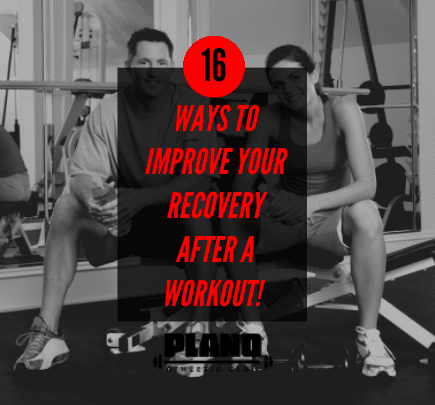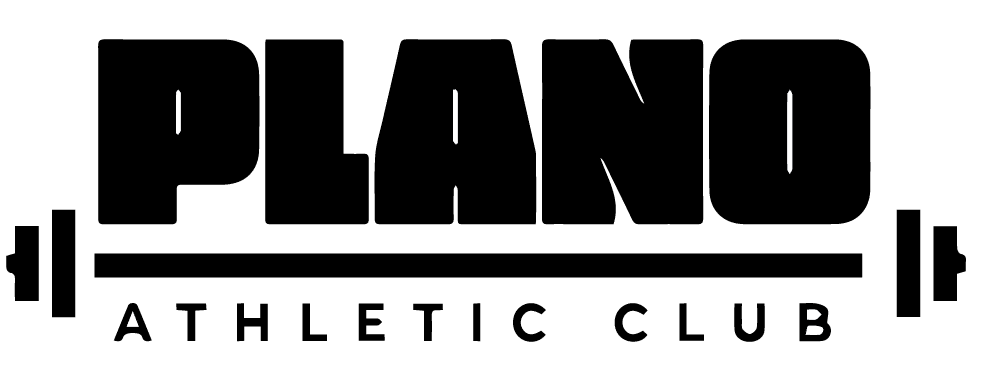

16 ways to improve your recovery after a workout!
Physical activity is a great way to benefit your body, but its value is ultimately only as good as how you choose to recover from it. And while your first instinct after a tough workout may be to lay on the floor, it’s not necessarily the most effective way to help your body repair and rebuild.
Instead, consider these 16 tips for better post-workout recovery:
1. Eat A Nutritious Meal Or Snack
Your body needs nutrients to recover, so be sure to eat something healthy within an hour or two of finishing your workout. A balanced meal with lean protein, complex carbs, and healthy fats will give your body the energy it needs to repair muscles and replenish glycogen stores.
2. Get Enough Sleep
Sleep is critical for recovery, as it’s when your body repairs and rebuilds muscle tissue. Aim for 7-8 hours of quality sleep each night to ensure your body has the time it needs to recover properly.
3. Foam Roll Or Use A Lacrosse Ball
Foam rolling and using a lacrosse ball are both great ways to release muscle tightness and promote blood flow to muscles. This can help speed up the recovery process by reducing inflammation and aiding in the repair of damaged muscle tissue.
4. Take An Ice Bath
Ice baths are a controversial recovery method, but some people find them helpful in reducing swelling and pain. If you decide to try an ice bath, be sure to start with just a few minutes and work your way up to longer periods of time as you become more comfortable with the cold temperature.
Check out this post on our Cold Plunge to explore more benefits of our Plano Cold Plunge
5. Wear Compression Clothing
Wearing compression clothing can help promote blood flow and reduce swelling. This can be helpful in the days following a strenuous workout when you may be experiencing soreness and stiffness.
6. Use Active Recovery Methods
Active recovery involves low-intensity activities such as walking or gentle stretching. This can help to increase blood flow and reduce stiffness without putting undue stress on your body.
7. Normatech And Hydromassage Therapy
If you’re looking for an effective and enjoyable way to recover from your workouts, consider Normatec and Hydromassage therapy. This type of therapy uses water jet massage to help improve blood flow and reduce inflammation. It can be done in a spa setting or at home with a portable unit.
8. Use Contrast Water Therapy
Contrast water therapy involves alternating between hot and cold water. This can help to increase blood flow and reduce inflammation. One study found that contrast water therapy was effective in reducing delayed-onset muscle soreness.
9. Stretch Thoroughly.
Stretching is an important part of the recovery process, as it can help to reduce muscle soreness and improve range of motion. Be sure to stretch all of your major muscle groups thoroughly after a workout.
10. Meditate
Mind-body practices such as meditation and breathing exercises can help to reduce stress and promote relaxation. This can be helpful in the recovery process, as reducing stress can help to speed up the healing process.
11. Get A Massage
Massage can help to increase blood flow and reduce muscle soreness. It can also be a great way to relax and reduce stress. Consider booking one if you’re looking for a unique and relaxing way to help your body rejuvenate itself post workout.
12. Take An Epsom Salt Bath
Epsom salt baths are a popular home remedy for muscle soreness. The magnesium in Epsom salt can help to reduce inflammation and improve blood flow.
13. Use Essential Oils
Essential oils such as lavender and chamomile can help to reduce stress and promote relaxation. You can add a few drops of essential oil to your bathwater or massage it into your skin.
14. Drink Plenty Of Fluids
It’s important to stay hydrated when you’re recovering from a workout, as dehydration can further contribute to muscle soreness. Be sure to drink plenty of water and other fluids throughout the day.
15. Spend Time Outside
Spending time in nature can help to reduce stress and promote relaxation. This can be helpful in the recovery process, as reducing stress can help to speed up healing and reinvigoration.
16. Listen To Your Body
Above all else, it’s important to listen to your body and let it guide your recovery process. If you’re feeling excessively sore or tired, take a day or two off from exercise to allow your body to fully recover.
As can be seen, there are so many great ways to recover from a tough workout. So, don’t forget to add some (or all!) of these methods into your post-workout routine. Your body will thank you!
